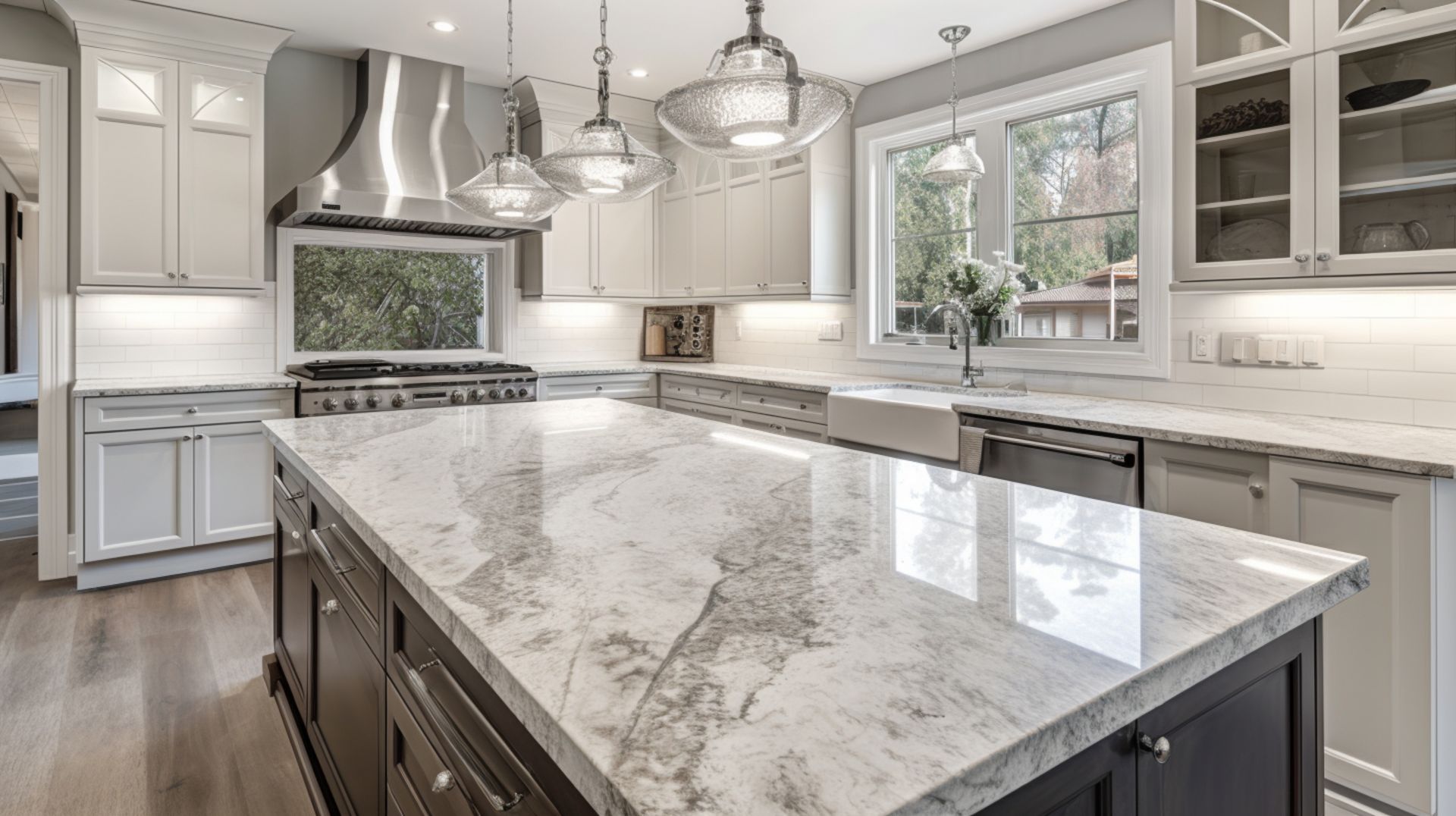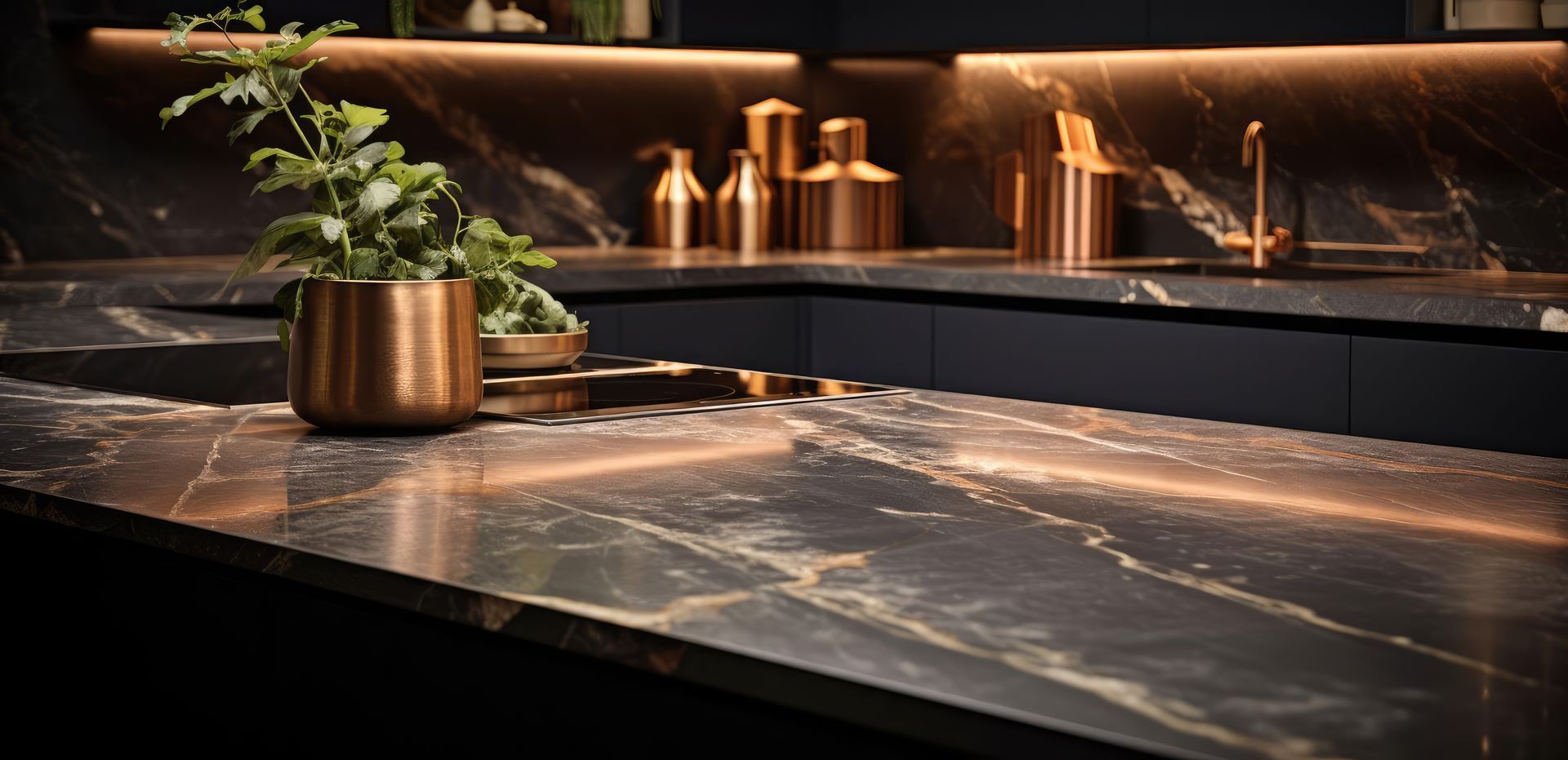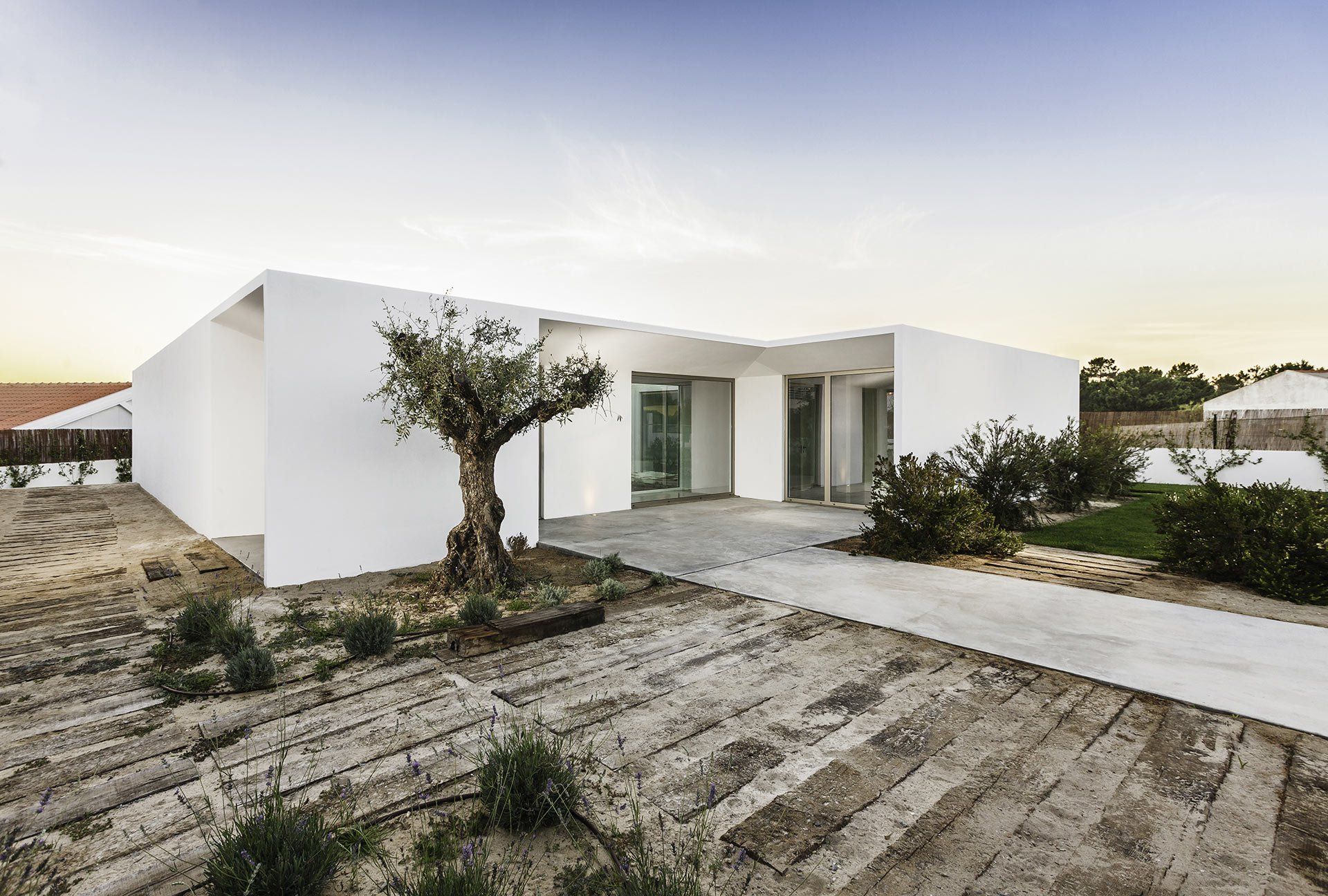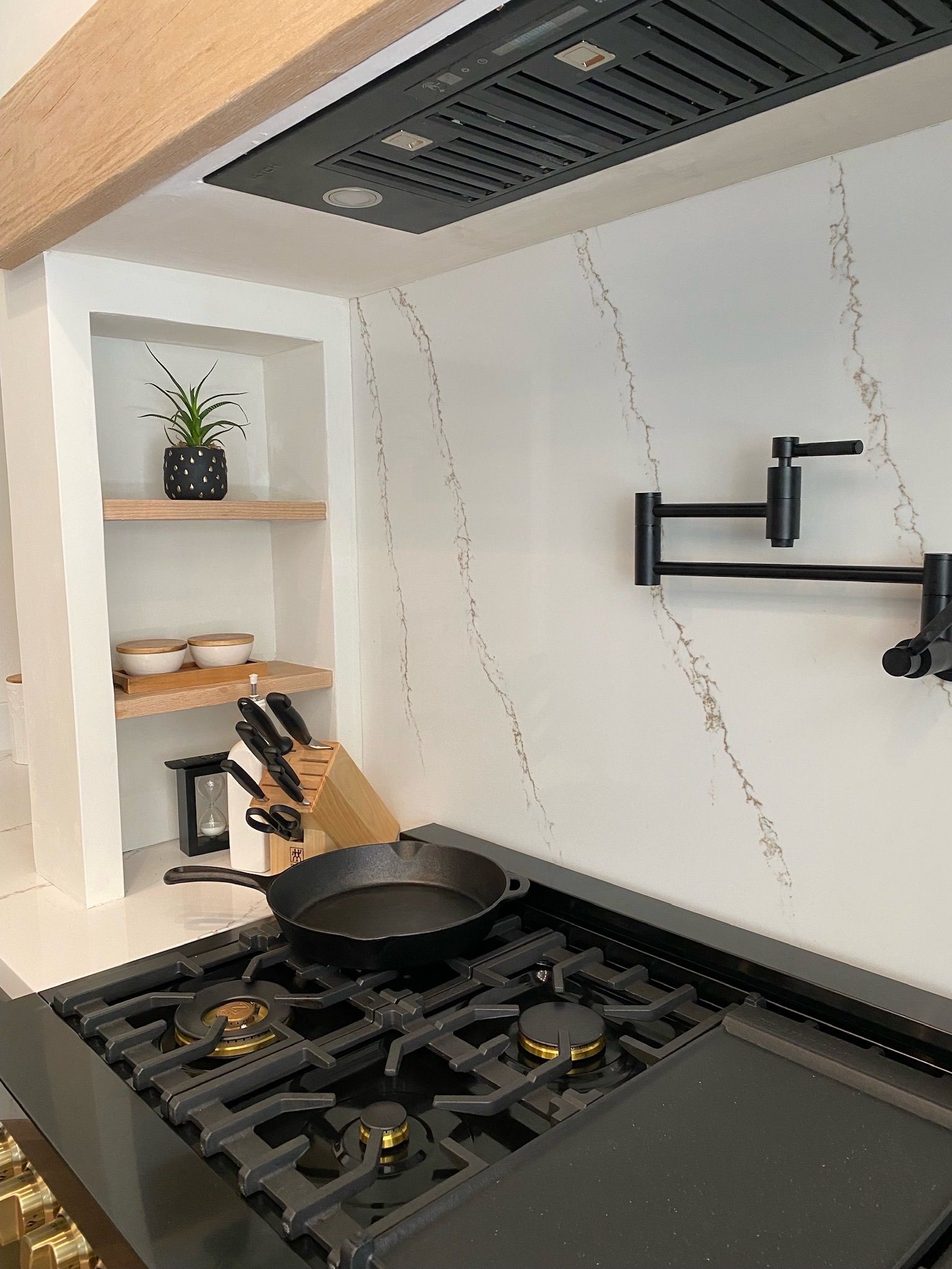Navigating the Quartz Jungle: A Guide to Popular Quartz Brands
Quartz countertops have become a mainstay in modern kitchens and bathrooms, prized for their durability, low maintenance, and wide range of designs. However, with the proliferation of brands, choosing the right quartz can feel like navigating a dense jungle. This guide clarifies the path by comparing three of the most popular quartz brands: Cambria, MSI, and Silestone. We hope to help homeowners and designers make informed decisions tailored to their specific needs by examining their offerings.
Cambria
Strengths:
- Quality and Durability: Cambria is renowned for its durable quartz surfaces. It's made of 93% pure quartz, which makes it stronger than granite. Cambria surfaces are resistant to scratches, stains, and heat, making them ideal for kitchens and bathrooms.
- Design Variety: With over 200 design options, Cambria offers an extensive range of colors and patterns, from subtle to bold, mimicking the look of natural stone or presenting unique styles.
- Maintenance-Free: Cambria surfaces are non-porous, require no sealing or reconditioning, and are easy to clean with just soap and water.
- Warranty: Cambria provides a limited lifetime warranty, reflecting its confidence in product durability and customer satisfaction.
Limitations:
- Price: Cambria is often at the higher end of the price spectrum, which may not fit all budgets.
- Availability: Being a premium product, Cambria might not be as readily available as other brands, requiring purchase through specific distributors or showrooms.
MSI
Strengths:
- Affordability: MSI offers competitive pricing, making it an attractive option for those looking for quality quartz surfaces on a budget.
- Selection: MSI boasts a vast selection of colors and patterns, including looks that replicate marble, granite, and other natural stones. Their collection is continually updated to reflect current trends and customer demands.
- Accessibility: MSI products are widely available through various retailers, making it easy to find and purchase quartz surfaces.
- Eco-Friendliness: MSI is committed to sustainability, offering products that include recycled materials and employing eco-friendly manufacturing processes.
Limitations:
- Inconsistency: Due to the broad range of products and price points, there can be some inconsistency in the quality and appearance of MSI quartz.
- Warranty: The warranty coverage offered by MSI may not be as comprehensive as that of higher-end brands like Cambria.
Silestone
Strengths:
- Hygienic Surfaces: Silestone incorporates HybriQ+ technology, making their surfaces highly resistant to bacteria. This feature is particularly appealing for kitchens and healthcare settings.
- Innovation: Silestone is known for its innovative designs, including surfaces with integrated sinks and textured finishes.
- Color and Style Range: Silestone offers a wide range of colors and styles, including collections designed in collaboration with leading designers.
- Warranty: Silestone provides a 25-year warranty, showcasing their commitment to quality and customer satisfaction.
Limitations:
- Price Variation: While Silestone offers a range of products, the more innovative and unique designs come with a higher price tag.
- Sensitivity to Heat: Although durable, Silestone surfaces can be more sensitive to heat than some competitors, requiring trivets and hot pads to prevent damage.
Conclusion
When it comes to choosing the right quartz brand for your project, consider your priorities: Are you looking for unparalleled quality and design variety, or are affordability and accessibility more critical? Cambria stands out for its premium quality and extensive design options but is cheaper. MSI offers a budget-friendly choice with a wide selection of styles, though it may vary in consistency. Meanwhile, Silestone excels in innovative designs and hygienic surfaces, balancing aesthetics and functionality.
Ultimately, the best quartz brand for you will depend on your specific needs, budget, and style preferences. By understanding the unique offerings and limitations of Cambria, MSI, and Silestone, homeowners and designers can make informed decisions, ensuring the chosen quartz surface meets their expectations in both form and function.
Choosing Blackstone Stone & Marble as Your Professional Stone Provider
When embarking on a renovation or new construction project that involves quartz or other stone materials, selecting the right supplier is just as crucial as choosing the brand of the material itself. Blackstone Stone & Marble emerges as a distinguished provider in this space, offering unique advantages to homeowners and designers alike



LOCATION
Showroom and Indoor Slab Yard
921 Poinsettia Ave Suite 7
Vista, CA 92081
Entrance (Grand Ave)
SHOWROOM HOURS
Monday – Friday: 8:30am to 5:30pm
Saturday: 10am to 3pm
REMNANT YARD
Monday – Friday: 11am - 3pm
by Appointments Only
© 2024 All Rights Reserved | Blackstone Granite & Marble Inc. | Website Design by GoBeRewarded






